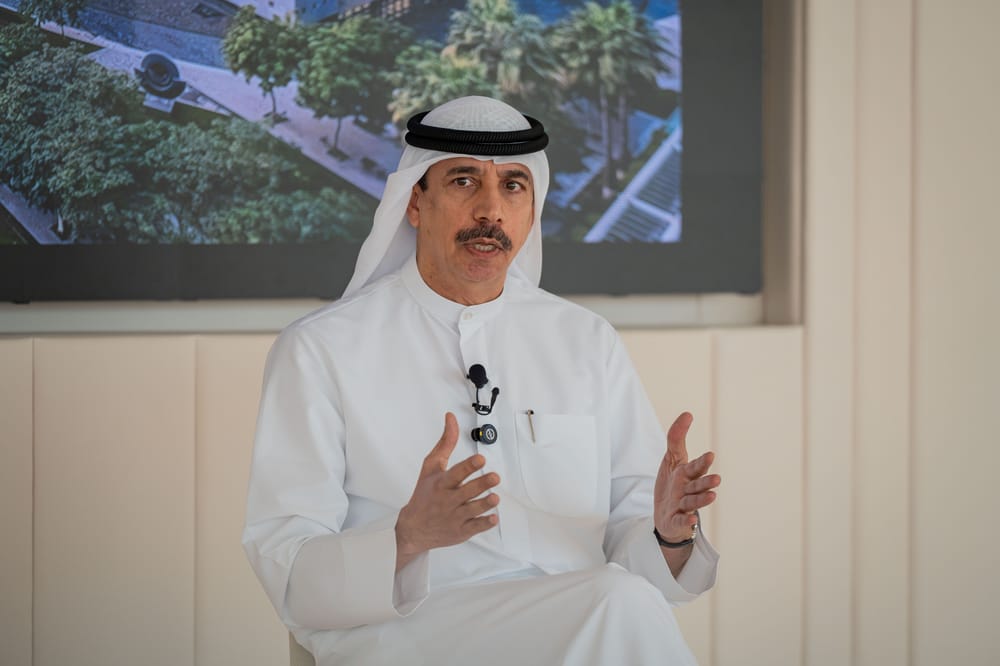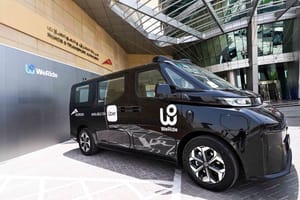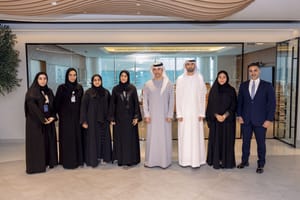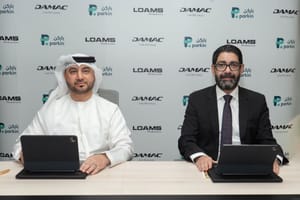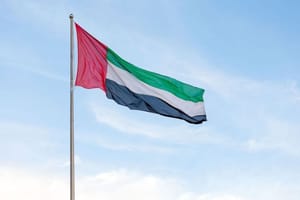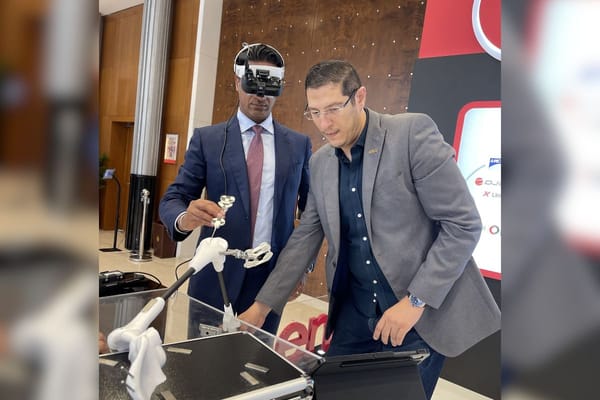The Mohammed bin Rashid Center for Leadership Development (MBRCLD) hosted a discussion as part of a series of workshops it is organising for participants in the Dubai Economic Leadership Program, launched by H.H. Sheikh Hamdan bin Mohammed bin Rashid Al Maktoum, Crown Prince of Dubai and Chairman of The Executive Council of Dubai, with the aim of equipping them with the critical skills required to lead Dubai’s vital sectors, in line with the objectives of the Dubai Economic Agenda (D33).
The session featured Essa Kazim, Governor of the Dubai International Financial Center (DIFC), who shared his insights about Dubai’s development journey and how it has been geared for growth and progress from the outset by aligning with free market principles, transforming Dubai into one of the world’s key economic centres.
Starting off with a general overview of economic fundamentals, Kazim noted that the basic idea behind all economic planning and reviews by economic experts is to address the timeless question of investing limited resources efficiently to meet unlimited needs, stressing that the answer lies in framing robust, inspiring economic policies.
Kazim identified three key strategies that had helped establish Dubai’s economic leadership over the years, the first of them being the free market principle, which Dubai adopted early on. Since around 1894, Dubai had succeeded in attracting traders by offering complete economic freedom and low-to-no custom tariffs, which boosted its import/export market, he observed.
The second strategy focused on directing all available resources – financial, human, and otherwise – towards creating an attractive framework of laws and systems that have regulated the trade sector since 1955. To this end, Dubai has, from its early days, developed the necessary infrastructure to facilitate export, import and freight activities at the Dubai Creek, he added.
“The 1960 project to dredge the Dubai Creek to allow larger vessels through was one of the first projects launched by Dubai, with a GBP 500,000 feasibility study done at the time, that was instrumental in boosting trade in the emirate,”
he noted.
“Well-planned investments of Dubai’s oil revenues in infrastructure that facilitated trade meant Dubai has been prepared to respond to economic progress, which is the third strategy,”
he added, citing examples of the Rashid Port built in 1972, the Jebel Ali Port built in 1979, and the Jebel Ali Free Zone that came up in 1985.
Kazim highlights Dubai's focus on the Multiplier Effect principle, prioritizing investments in the local economy over foreign portfolios for higher returns. The Dubai Economic Agenda (D33) aims for ambitious growth, with the DIFC pivotal in positioning Dubai among the top three global urban economies. DIFC supports UAE's economy, initially established to diversify revenue and attract foreign banks. With three authorities overseeing its growth, DIFC now houses 5,500 firms and 41,500 employees, issuing 1,000 licenses annually.
The Dubai Economic Leadership Program workshops aim to cultivate skills aligning with D33's goal of doubling the emirate's economy in the next decade.
The workshops have been led by a group of top economic minds and international experts, helping participants tap into their leadership skills and develop forward-thinking that helps translate strategic plans into reality.
News Source: Emirates News Agency
